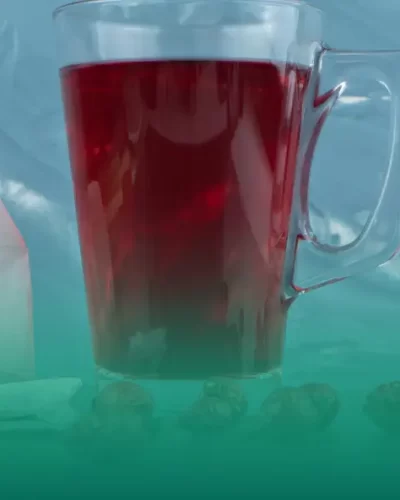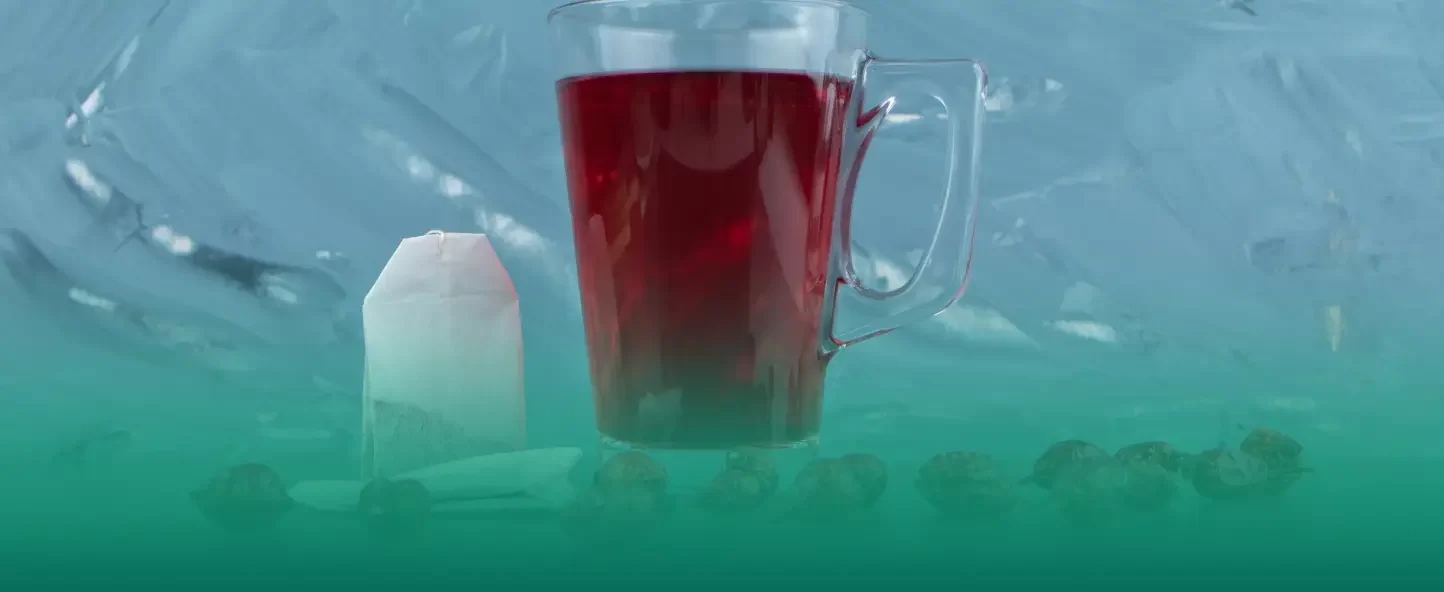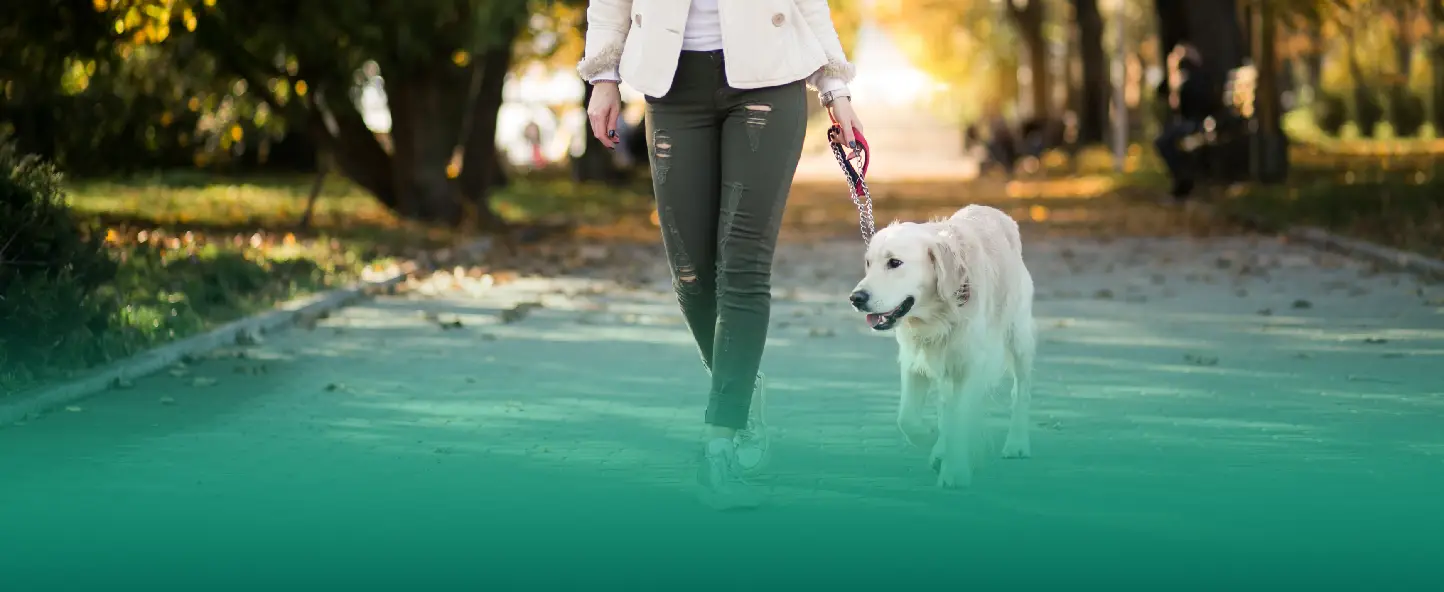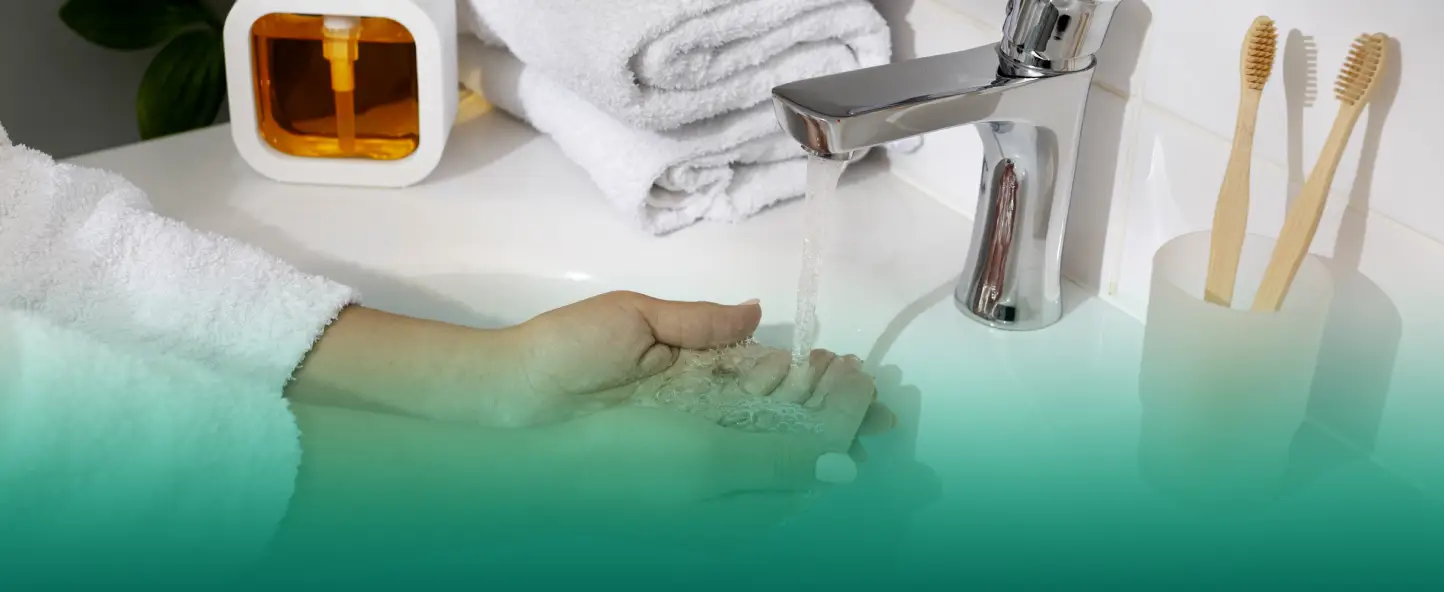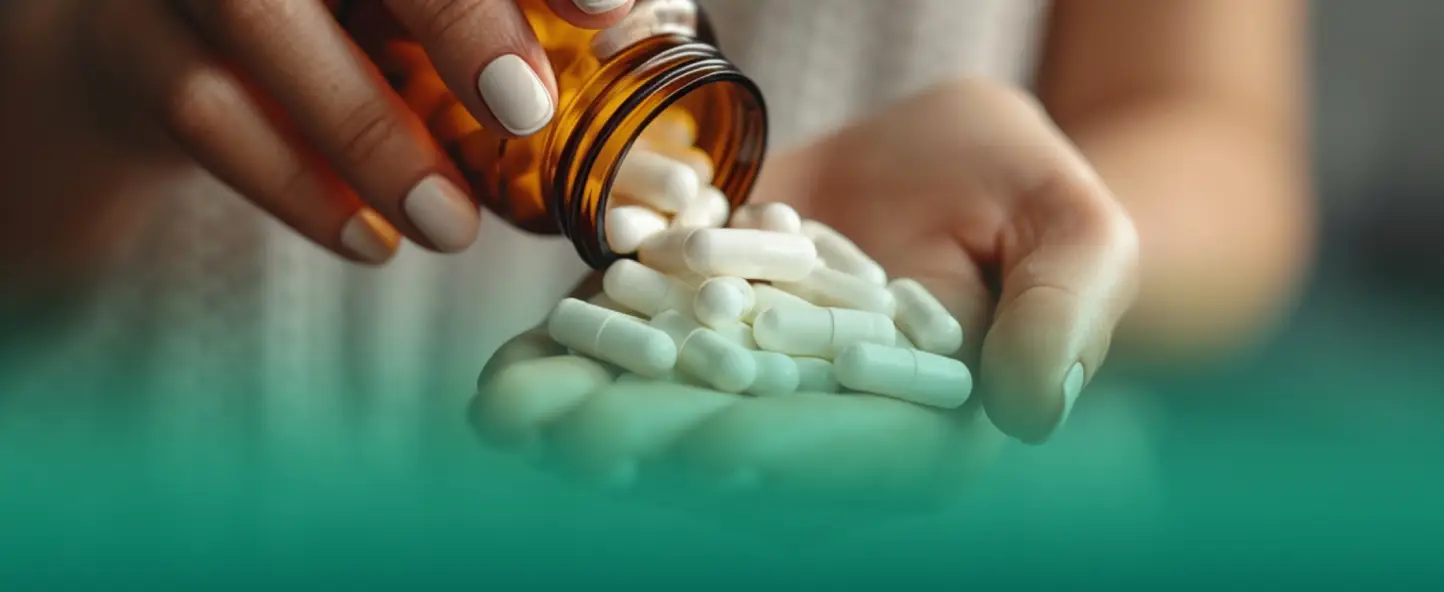What is fruit drink?
Morse is a soft drink that can be made from various types of berries, such as cranberries, black currants, cherries, blackberries, raspberries and sea buckthorn. It has a refreshing and sour taste, making it a popular choice on both hot summer days and cool winter evenings. Preparing fruit juice at home makes it possible to control the quality of ingredients and sugar content.
To give the drink a richer flavor, you can blend different types of berries or add natural sweeteners such as honey or agave syrup. Fruit juice can also be purchased in stores, where it is offered in various packaging options and flavor combinations. However, you should be careful about the composition of the finished drink, as some products contain large amounts of added sugar or artificial flavors.
Is it true that fruit drinks contain a lot of vitamins?
It is believed that fruit drinks contain many vitamins and are therefore considered healthy. In reality, a lot depends on how the drink is prepared. For example, if fruit juice is made from fresh or frozen berries, and has not been boiled, then the beneficial substances are retained in it. However, if jam was used to prepare it, it was boiled, or it was an industrial product with excess sugar, then there will be few beneficial properties in such a drink.
Are vitamins preserved in fruit drinks?
Fresh berry juice is a great way to preserve maximum nutrients. Preparing such fruit drink without heat treatment allows you to preserve even the most sensitive vitamins C and group B. Thanks to this, the drink remains healthy and rich in vitamins. Fruit juice made from frozen berries also has a high nutritional value, comparable to fruit juice from fresh berries. With the right approach to defrosting berries, for example, in a closed container or in the refrigerator, the maximum amount of nutrients is preserved.
Thus, if fruit juice from frozen berries is not boiled, its benefits to the body remain as high as fruit juice from fresh berries.
Is it true that vitamins are only found in fresh juices?
Jam juice has its own characteristics. During the cooking process, berries lose some of their vitamins, especially water-soluble ones, which reduces the nutritional value of the drink. In addition, preparing fruit juice from jam involves adding water to dilute the concentrate, which further reduces the content of beneficial compounds in the drink.
Is it possible to make fruit juice from raw jam that is not heat treated?
It’s basically mixed berries with added sugar. Recipes often recommend using hot water to pour the jam in to retain more vitamins, instead of boiling water, as some recipes suggest.
Industrial fruit drinks adhere to standards according to which the content of berry juice or puree must be at least 15%. The basis can be either fresh or frozen berries and their juice. In addition, other ingredients may be used during the preparation process to add flavor and create a drink from concentrated products, such as reconstituted juice.
The process of preparing fruit juice involves mixing berry puree or juice with hot water; it is usually boiled for preservation. However, there will be fewer vitamins in such a drink than in the homemade version, especially if it is based on juice concentrate rather than fresh or frozen berries.
How many vitamins are in fruit drinks?
The amount of vitamins in fruit drink depends on the berries chosen and the method of preparing the drink. Let’s look at a 200 ml glass of cranberry juice. Fresh cranberries contain about 134 mg of vitamin C per 100 g. Typically, there are approximately 100 g of berries per liter of water.
This means that 200 ml of fruit juice contains approximately 20 g of berries and about 27 mg of vitamin C. To achieve the daily requirement of vitamin C, which is 90 mg for an adult, you need to drink 3-4 glasses of fruit juice. Cranberries also contain other vitamins and antioxidants that are retained unless the berries are cooked.
Raspberries contain from 5 to 40 mg of vitamin C per 100 g, which is several times less than in cranberries and currants. Therefore, to get the daily requirement of vitamin C, you need to drink 3-4 times more raspberry juice compared to cranberry juice.
It is most useful to drink juice made from currants, cranberries or sea buckthorn, as they are rich in vitamin C. Other berries contain significantly less vitamins. If you do not prefer fruit juice, you can replace it with fresh fruits or berries, also rich in vitamins.
Those with kidney problems should consume cranberry juice with caution, as cranberries contain oxalates, which should be limited to people with urolithiasis. Sometimes berries can cause an allergic reaction, so if you are allergic to berries, you may have a reaction after drinking fruit juice.


